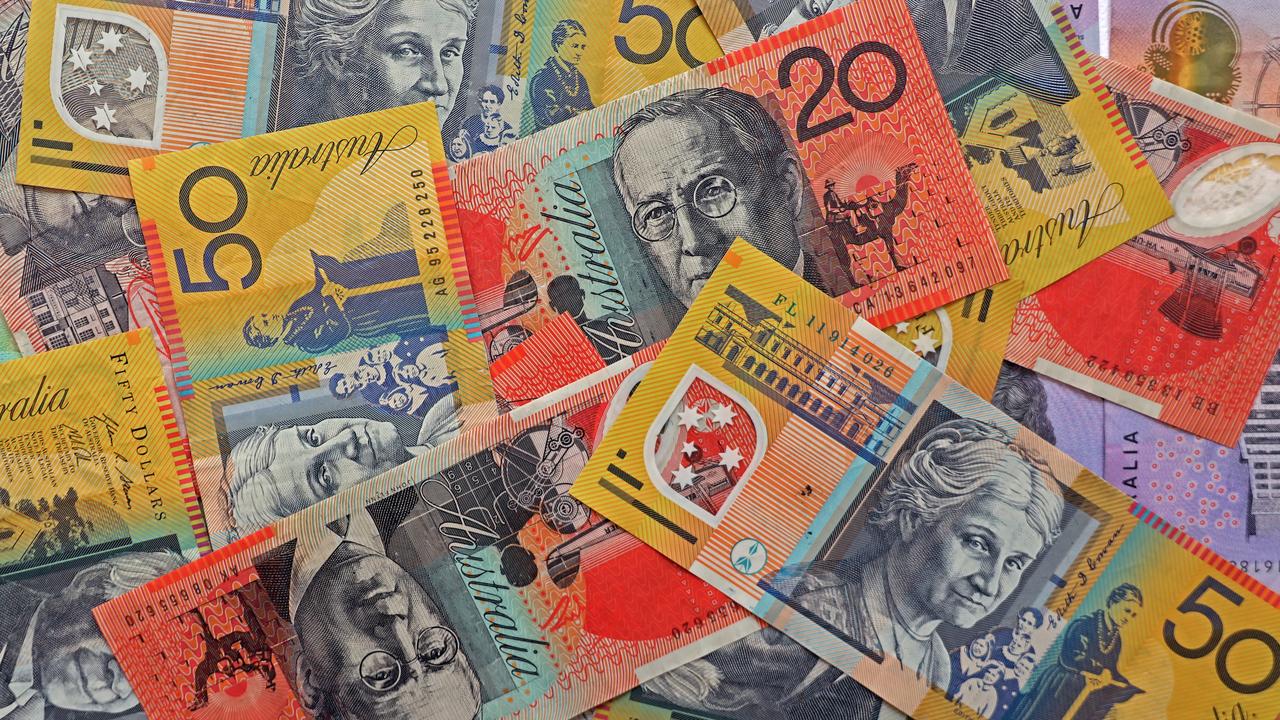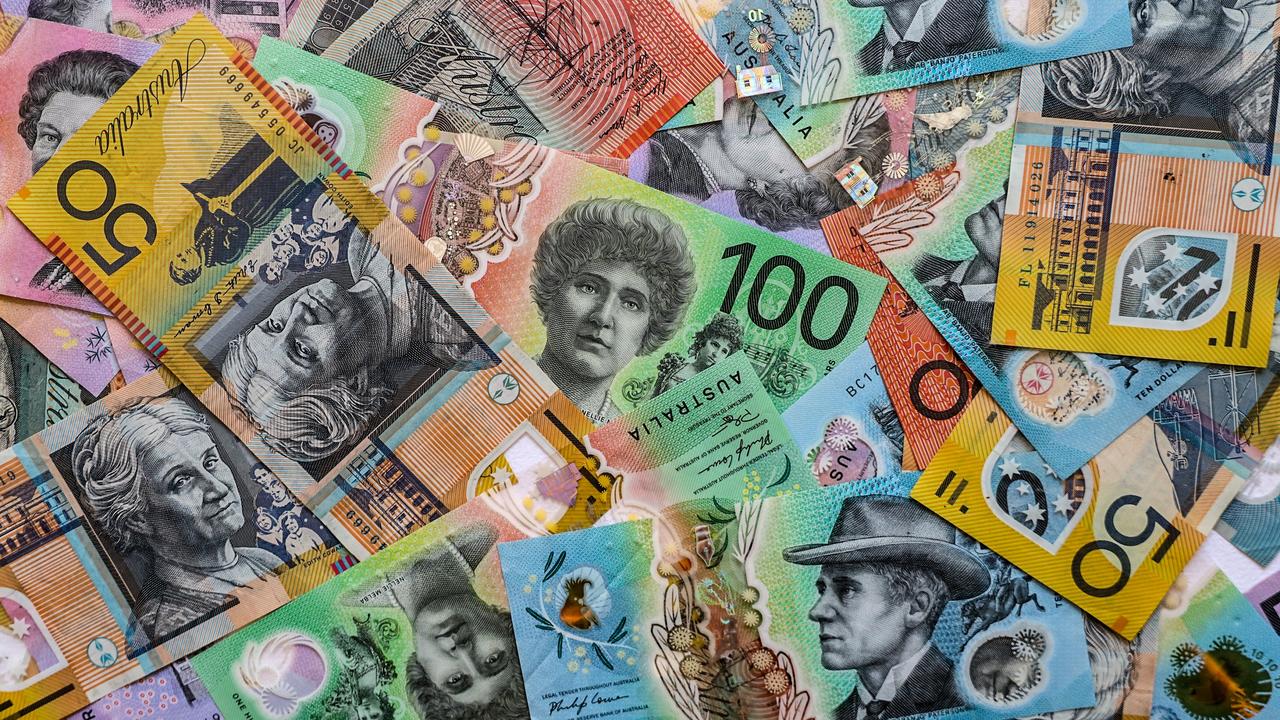Inflation remaining stubbornly high according to fresh ABS data
Fresh data has cast doubt over whether the Reserve Bank can continue to keep interest rates on hold for another month.

Australia’s inflation rate has fallen from a 30-year peak but remained at an “uncomfortably high” 7.0 per cent for the March quarter.
The cost of living rose 1.4 per cent in the quarter, the slowest quarterly rise for over a year, according to the Australian Bureau of Statistics.
Inflation hit 7 per cent over the year to March but the ABS’ head of price statistics, Michelle Marquardt, said inflation had slowed over the three months.
“While prices continued to rise for most goods and services, many of these increases were smaller than they have been in recent quarters,” she said.
The data, released on Wednesday, confirmed expectations inflation had peaked when it hit its highest levels since 1990 of 7.8 per cent in the 12 months to December.
Treasurer Jim Chalmers warned while inflation may be moderating, it is expected to remain high “for longer than we’d like”.
“We understand that Australian households and small businesses are still under the pump. Cost-of-living pressures are still coming at us from around the world and they are still being felt around the kitchen tables of this country,” he told reporters in Sydney.
Despite the easing, inflation remains well above the Reserve Bank’s target rate of 2 and 3 per cent and will be a key talking point when the board meets next week.
Last month, the central bank kept the cash rate on hold for the first time in nearly a year at 3.6 per cent to give the board more time to assess the impact of the 10 successive rate hikes.

Sean Langcake, head of macroeconomic forecasting at BIS Oxford Economics, said the “uncomfortably high” data suggested another rate rise.
“Today’s data were broadly in line with our expectations and the RBA’s most recent forecasts. Headline inflation has peaked and weaker tradables inflation will contribute to slower inflation over the rest of 2023,” he said.
“But we think there is enough momentum in core (inflation) and services inflation to warrant tighter policy settings, and maintain our expectation for another rate hike in May.”
Gas and other household fuels (14.3 per cent), medical services (4.2 per cent) and tertiary education (9.7 per cent) all experienced steep jumps in prices over the quarter.
Strong demand for travel and accommodation over the school holiday period and the return of major events (4.7 per cent) was also a main contributor.

Ms Marquardt said the rises in education and medical costs were expected as tertiary fees are indexed and GPs review consultation fees and private health insurance rise premiums.
New dwellings (up 12.7 per cent), electricity (15.5 per cent) domestic holiday travel and accommodation (25 per cent) were the most significant contributors to annual inflation.
The price falls in furniture, household appliances and clothing, as well as the easing of automotive fuel prices in recent quarters helped with the softening of the annual rate.
However, Ms Marquardt raised concerns about the steep increase in the price of services.
“Annual inflation for services was 6.1 per cent, up from 5.5 per cent in the December quarter and is the highest since 2001,” she said.
The ABS’ monthly indicator, also released on Wednesday, moderated to 6.3 per cent over the 12 months to March, from 6.8 per cent over the year to February.
Read related topics:Reserve Bank



